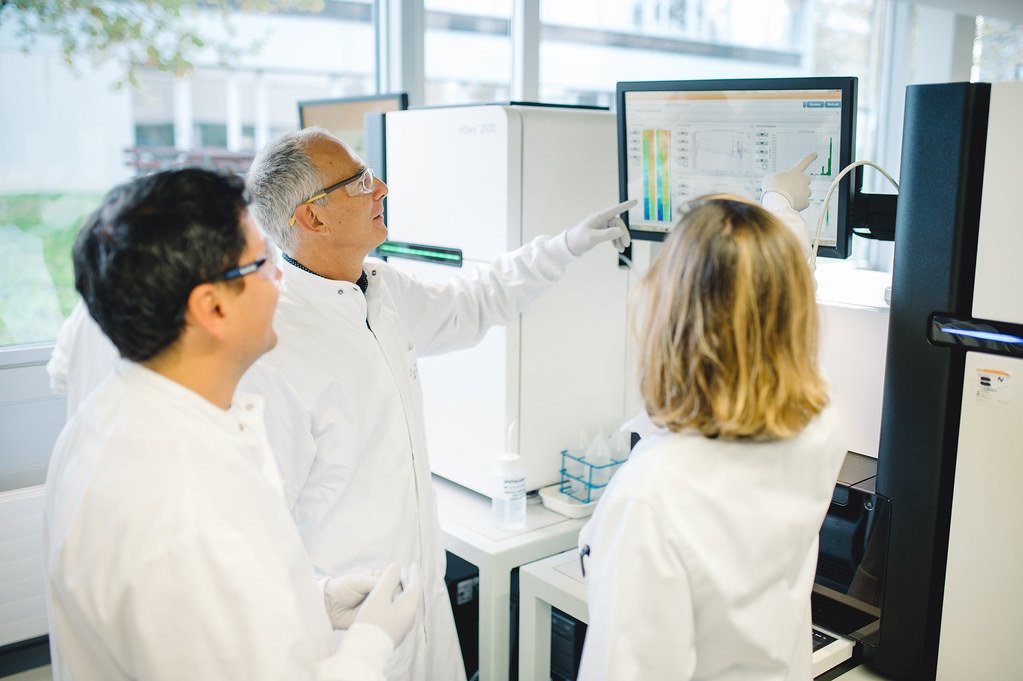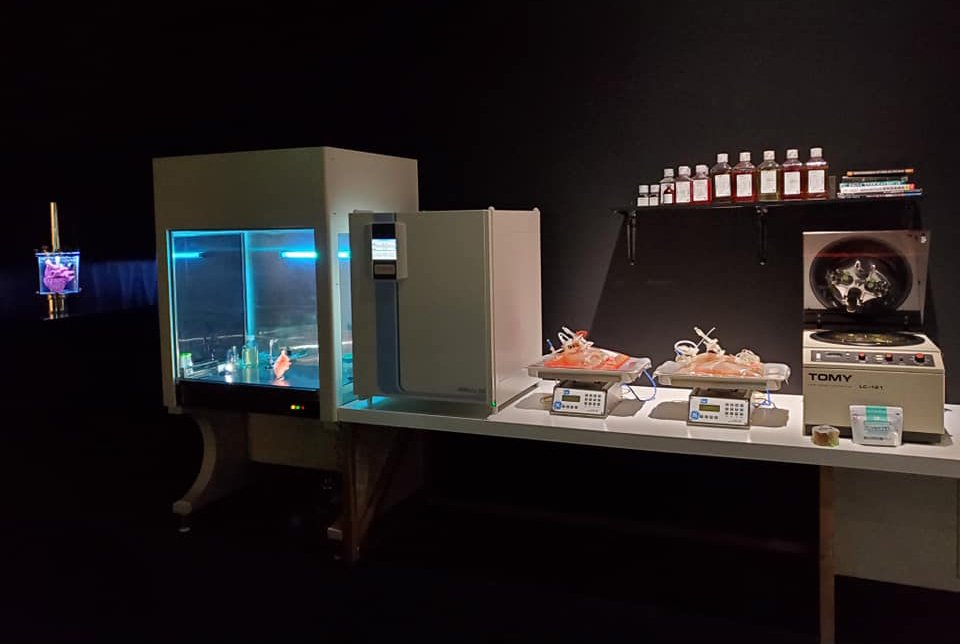The concept of creating artificial life has long captivated the human imagination, often depicted in science fiction as the ultimate technological feat. Today, what once seemed like a fantasy is becoming a scientific reality as researchers strive to create life from scratch within the confines of a laboratory. This groundbreaking endeavor involves the intricate assembly of biological components, pushing the boundaries of what we understand about life itself. The journey to create artificial life is not merely about mimicking nature but about unraveling the very essence of living systems.
The Quest for Synthetic Cells
At the heart of creating artificial life lies the quest for synthetic cells, which are essentially man-made cells that exhibit life-like properties. Scientists aim to construct these cells by assembling basic biological molecules such as proteins, lipids, and nucleic acids. The challenge lies in replicating the complex interactions that occur naturally within living cells. By building these synthetic entities, researchers hope to gain insights into the fundamental principles that govern life. This endeavor is not just about creating life but understanding it from the ground up.
DNA: The Blueprint of Life
DNA, often referred to as the blueprint of life, plays a pivotal role in the creation of artificial life. Scientists are working to design and synthesize entirely new genomes – the complete set of genetic material – to create organisms with desired traits. By altering the genetic code, they can engineer life forms that are not only novel but also potentially beneficial to humanity. This manipulation of DNA is akin to writing a new recipe for life, where each genetic sequence dictates a unique characteristic of the organism.
The Role of Minimal Genomes

One of the strategies in creating artificial life involves the development of minimal genomes. These are stripped-down versions of genomes containing only the essential genes required for life. By understanding which genes are indispensable, scientists can construct streamlined organisms that are easier to study and manipulate. Minimal genomes serve as a foundation for building more complex life forms, providing a clearer picture of what it takes for an organism to survive and thrive.
Building Life from Scratch: The Bottom-Up Approach
The bottom-up approach to creating artificial life involves assembling life from its most basic components. This method contrasts with the top-down approach, where existing organisms are modified. In the bottom-up approach, researchers start with simple chemicals and gradually build them into more complex structures, akin to constructing a house brick by brick. This meticulous process aims to recreate the conditions that led to the emergence of life on Earth, offering a glimpse into the origins of life itself.
Challenges in Mimicking Nature

Despite the progress made, mimicking nature is fraught with challenges. Living organisms are incredibly complex, with intricate networks of biochemical reactions occurring simultaneously. Replicating these processes in a laboratory setting requires not only advanced technology but also a deep understanding of biological systems. Furthermore, ethical considerations arise when creating life, prompting debates about the implications and responsibilities of such scientific endeavors.
Applications of Artificial Life
The creation of artificial life has far-reaching implications and applications. In medicine, synthetic organisms could be engineered to produce pharmaceuticals or to target diseases with unprecedented precision. In environmental science, they might be designed to degrade pollutants or generate biofuels. The potential uses are vast, and as our understanding of artificial life grows, so too does the scope of its applications, promising to transform various fields in profound ways.
Ethical Considerations and Implications

The pursuit of artificial life raises significant ethical questions. Concerns about playing God and the unforeseen consequences of creating new life forms weigh heavily on the minds of scientists and ethicists alike. The prospect of patenting life and the potential for misuse of the technology also fuel debates. It is crucial to navigate these ethical landscapes carefully, ensuring that the pursuit of knowledge does not outpace the consideration of its moral and societal impacts.
Recent Breakthroughs and Innovations
Recent years have witnessed remarkable breakthroughs in the field of artificial life. Researchers have successfully synthesized new forms of bacteria with entirely artificial genomes, demonstrating the feasibility of creating life in the lab. Innovations in gene editing technologies, such as CRISPR, have accelerated progress, allowing for precise manipulation of genetic material. These advancements bring us closer to the realization of artificial life, showcasing the rapid evolution of the field.
The Future of Artificial Life
As we stand on the brink of creating artificial life, the future holds both promise and uncertainty. The continued exploration of this frontier will likely yield new insights into biology, revolutionize industries, and challenge our understanding of life itself. The journey is ongoing, with each discovery building upon the last, as scientists aim to unlock the secrets of life and harness its potential for the betterment of humanity.
The pursuit of artificial life is a testament to human curiosity and ingenuity, embodying our desire to explore the unknown and push the boundaries of what is possible. As we venture further into this uncharted territory, we are reminded of the profound questions that lie at the heart of our existence, urging us to ponder the nature of life and our place within it.



